Many thanks to SWLing Post contributor, Dan Robinson, for the following guest post and review:
The Chameleon CHA-RXL Pro: Improved Amp Board Raises the Game
by Dan Robinson
Back in 2021 I reviewed the CHA-RXL loop by Chameleon. This loop antenna is sold by major retailers such as DX Engineering, Gigaparts and Chameleon itself – the company is a well-known name in antennas and other equipment for the amateur radio world.
I compared the CHA-RXL to Wellbrook 1530 and W6LVP loops feeding into a four-position Delta antenna switcher, and then to a Raven 16 port multicoupler which maintains good steady gain.
My Wellbrook is mounted on a telescopic mast about 15 feet above ground level, with a rotor. The W6LVP (using LMR400 coax) is tripod-mounted with an overall height from ground of about 12 feet. It has special filters to prevent strong medium wave signals from bleeding into HF.
I have since added a UK-made loop (essentially a copy of a Wellbrook loop but smaller diameter and made of metal) combined with a W6LVP amp. This W6 amp does not have filtering to block strong mediumwave signals. In all, I have four loops into my Delta switcher, which feeds about two dozen receivers.
There is by the way quite robust discussion at https://groups.io/g/loopantennas about various loops, including the Chameleon. And this past July, Steve Ratzlaff posted news about the upgraded loop amp board which will ship with what is now the CHA RXL Pro, saying:
“Chameleon has completely redone their CHA RXL loop amp board from the previous poor-performing loop amp that I tested some time back, and sent me one of the new production boards to test. I’m happy to say it tests very well especially for LF sensitivity, and I can now give it my “seal of approval”. The new board is a version of the LZ1AQ loop amp.”
It turns out, according to an email from Don Sherman of Chameleon, that Steve is one of the engineers who helped design the new amp board for the CHA RXL Pro, and on the Loop Antenna group he provides a folder in which he placed previous test results with “new files of the new board (sweep of the new RXL Pro loop amp, and a picture of the new amp PCB).”
Meanwhile, Don Sherman provides the following specifications for the CHA-RXL Pro with the new board:
- Frequency Range: 50 kHz to 30 MHz
- OIP3: >+40 dBm
- OIP2: >+90 dBm
- P1DB: >+23 dBm
- Gain: >20 dB + at least
- NF: <2 dB
- INPUT Z: < 10 Ohms
- OUTPUT Z: 50 Ohms
- DEVICE: 4 X BFP196 (INFINEON)
- PROTECTION: 2 X SMP1330 (SKYWORKS)
- MIL-SPEC-2169 HEMP PROTECTION
At the time of my first review, the original CHA-RXL was already facing some negative feedback. My testing confirmed that it had an uphill climb against Wellbrook and W6LVP.
It competed better against Wellbrook than Larry Plummer’s loop. In short, high noise levels were killing the CHA-RXL in comparison with other loops.
A few weeks ago, I was contacted by Don who asked if I wanted to test the new amp board. It arrived quickly–at no cost to me–and I installed it in the large box that sits at the base of the Chameleon loop.
For reference, here are the specs of the original CHA-RXL loop (in gray font) compared with the CHA-RXL Pro loop (in red bold font):
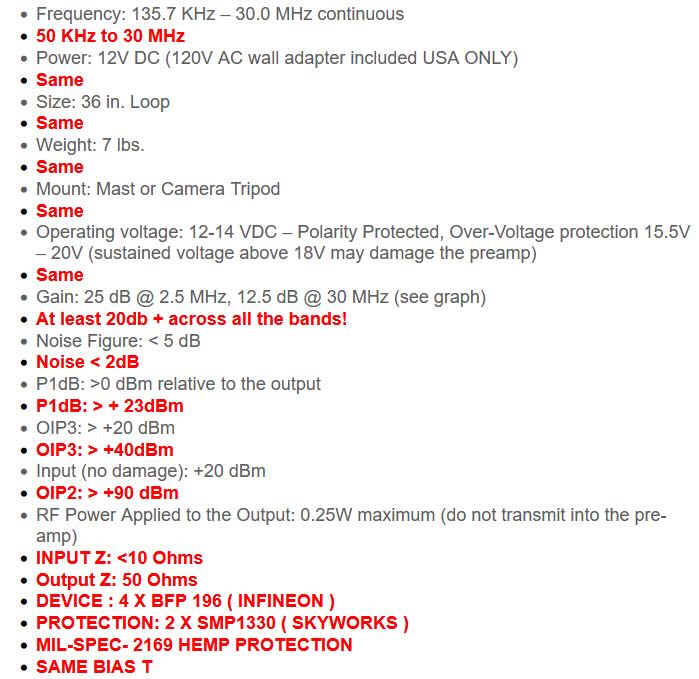 The loop is made of heavy gauge steel, a real contrast with Wellbrook loops (and a bit unwieldy as it attaches to the amp box with wing nuts that go through two holes where the loop meets the box).
The loop is made of heavy gauge steel, a real contrast with Wellbrook loops (and a bit unwieldy as it attaches to the amp box with wing nuts that go through two holes where the loop meets the box).
Here’s the headline: What I can report is that with the new board installed, the Chameleon goes from struggling and even being barely usable in some cases in my previous tests to quite competitive with the W6LVP and my generic Wellbrook copy loop using a W6LVP amp.
In most cases and at most frequencies, in my high noise environment here in Potomac, Maryland, the Wellbrook continues to be superior to all, though the W6LVP is still very quiet. But whereas the earlier CHA-RXL was plagued by high noise, the Pro model is a different ballgame. Indeed, it often ends up being my preference over the two W6 amp-driven loops, lagging only behind Wellbrook in terms of overall performance.
In my testing I did not have the CHA-RXL Pro on a rotator, but in a fixed position mounted outdoors on my back deck. Therefore, the W6LVP amp-driven loops, which I adjust by hand when necessary, and the rotator-mounted Wellbrook, had an advantage in that respect. If the CHA-RXL Pro was mounted on a rotator, I believe it would be even more competitive with all of the other loops.
The video shows stations tuned with each loop for approximately 10 second intervals on various frequencies. As with last year’s tests, I did not try the CHA-RXL Pro on longwave or mediumwave as my primary interest is shortwave. The CHA-RXL Pro is the second 10 seconds of audio of each frequency, in this order:
- METAL LOOP WITH W6LVP AMP
- CHA-RXL
- W6LVP LOOP
- WELLBROOK 1530
Click here to view on YouTube.
Note that on some of these comparisons, such as the numbers station on 11,635 kHz there appears to be very little difference between all four loops. The Wellbrook almost always comes out on top on overall signal level and noise reduction.
Some frequencies really show the improvement in the CHA-RXL Pro, such as 13,815 kHz where the Chameleon seemed almost equal to the Wellbrook. On 15,575 kHz KBS Seoul, note the extremely close contest between the CHA RXL Pro and Wellbrook. On 15,375 kHz Voice of Turkey in late morning reception, the Chameleon is markedly quieter than the W6LVP. Wellbrook wins this, but only barely. On another Asian signal, though a stronger one from a Chinese transmitter on 11,640 kHz the Wellbrook and W6LVP have the advantage, though the Chameleon is not far behind.
Comparisons used Ten Tec RX-350 and Drake R8 receivers. Though the RX-350 has a Noise Reduction function, I chose not to use it. Overall, compared to last year’s tests which were undertaken with a Collins 51S-1 receiver, the CHA-RXL Pro is right there in the race, whereas with the earlier version amp board the Chameleon was frequently left in the dust.
That Chameleon has apparently based its new amp board on the LZ1AQ board, has been the subject of some lively discussion on the Loopantennas group. There have been some videos, by the way, comparing LZ1AQ – based loops with Wellbrook including this one from 2021.
Also, note that Chameleon loops are being sold by eBay seller Ham & Hifi. At a price of $390, that’s quite a drop from the $500+ that a new CHA-RXL with amp box costs direct from Chameleon or resellers. It’s still pretty expensive for a loop, though it’s built like a tank in comparison with others. Keep in mind that this CHA-RXL being sold on eBay does not have the newer amp board.
An additional note of interest to anyone looking on eBay for loop antennas: according to a post on the Loopantennas group, a China-based seller has attempted to clone the Wellbrook 1530. Buyer beware. The same Steve Ratzlaff who was involved in developing the new board for the CHA RXL Pro reports:
“I ordered this item from this same eBay Chinese seller and received it about a week ago, and also told Andrew Ikin of Wellbrook about it. After testing it and opening it up and looking at things, in fact it has nothing at all to do with a genuine Wellbrook loop antenna except the writing on the enclosure, and the advertisement copy. The loop amp itself is a clone of the popular LZ1AQ loop amp, but the transistors used in this one are very noisy. The frequency response, swept using my DG8SAQ VNWA, was poor, with low gain compared to a real LZ1AQ loop amp using good transistors such as 2SC5551A. The loop amp does not begin to meet the advertised specs. I left negative feedback on the sale; the seller contacted me afterwards and wanted details. I gave details including a sweep of the loop amp frequency response which I know the seller had no technical expertise to understand, but I was hoping they would pass the info on to whoever actually builds the product.”
Chameleon representative Sherman stresses that a lot of work went into the new amp board for the CHA-RXL Pro, including a “matching transformer on the loop board [that] matches the 50 ohm input to the 10 ohm metal loop impedance . . . [with] high gain transistors [and] low noise components…[and] fuse protection and HEMP circuits [that required] a lot of trial and error” adding that he believes the CHA-RXL Pro “is the best built out there.”
Still ahead as I prepare for the coming fall and winter DX season is to attempt to test the Chameleon loop itself with a W6LVP amp box. As I continue using the CHA-RXL Pro, I’ll certainly try to update everyone on additional findings. I plan to test it also with several other premium receivers including a Harris R2368 along with Watkins Johnson 8711A and 8712P receivers.
For now, it is nice to know that the listening community has another loop available to it, one that is robust in construction and now with the new amp board that is competitive with other major antennas from Wellbrook and W6LVP.
The big issue, of course, is price. At $500+ a new CHA-RXL Pro is going to be far above what most people will want to pay, and exceeds what one would pay for a new Wellbrook. [Note: See addendum at bottom of page that note Chameleon design choices to improve longevity and durability over the Wellbrook series.]
If Chameleon were able to bring the price of the CHA-RXL Pro down without sacrificing performance, that would put the antenna closer to what can be afforded by most people who also have the choice of going with a China-made MLA-30 or similar antenna.
Thanks to Don Sherman of Chameleon for making possible this new look at the CHA-RXL Pro.
Addendum: CHA-RXL Pro Advantages
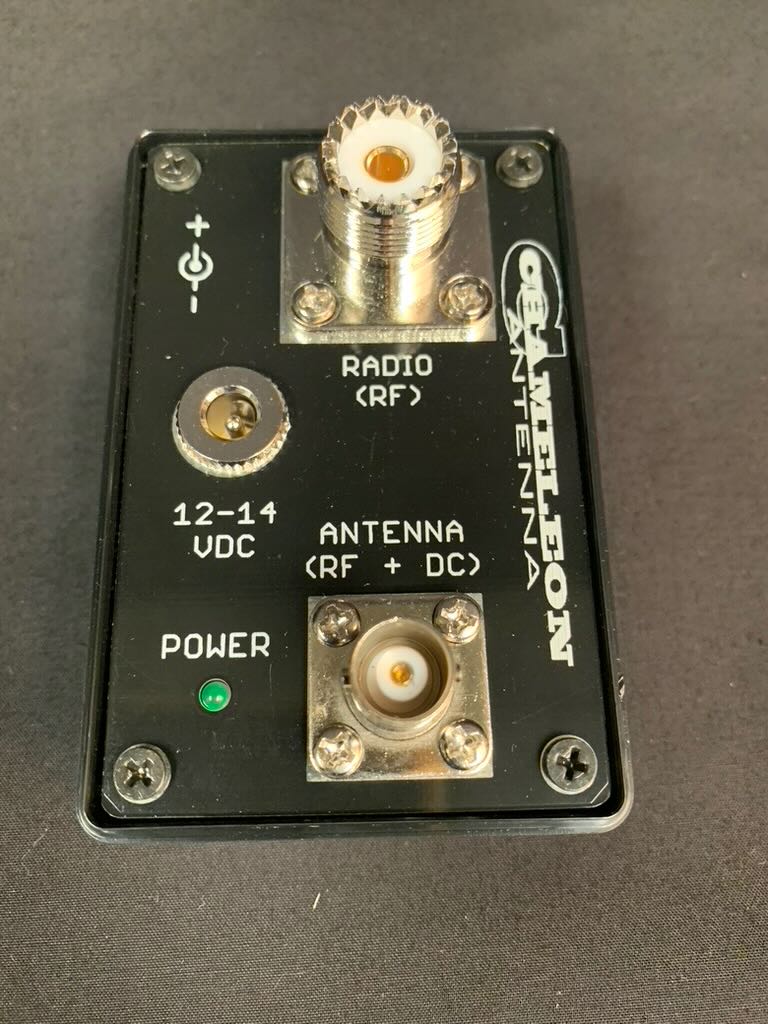 Chameleon has shared the following list of notes highlighting features they believe set their CHA-RXL Pro apart from the venerable Wellbrook antenna:
Chameleon has shared the following list of notes highlighting features they believe set their CHA-RXL Pro apart from the venerable Wellbrook antenna:
- The enclosure of the CHA RXL PRO is designed for use in indoor and outdoor locations where the box is exposed and subject to environmental conditions. The unit is UV resistant.
- [Unlike the Wellbrook which has a] heavily epoxied enclosure [that] will prevent any quick and easy replacement of the internal components, [the CHA-RXL was designed with easy field repair in mind.]
- The mounting system of the CHA RXL PRO is ready to install out of the box. The unit comes with attachable rubber feet for table top installation. The powder coated base plate of the unit is also equipped with three 1/4-20 standard holes for quick and easy camera tripod installation. And for outdoor installation, the CHA RXL PRO comes with an aluminum “L” bracket with mounting hardware.
- Because of the adequate outdoor mounting system coming with the CHA RXL PRO, the unit will not be affected by wind, snow and ice accumulation.
- The unit is entirely water resistant because all parts are either sealed with a waterproof gasket or made with high tolerance aluminum fittings. Corrosions will be nonexistent.
All wires and connectors are not exposed to the environmental conditions thus eliminating unintended breakages. - The loop is made of a solid 6061 aluminum rod of 1/2” in diameter and powder coated aluminum. The matte Navy Grey Color prevent sun reflection and will easily blend in the sky. The loop is attached on the side of the unit with CNC 6061 aluminum fittings and pinned in place to prevent any rotation whatsoever.
- The T-Bias of the CHA RXL PRO is entirely made on a PCB and kept in place with mechanical screws.

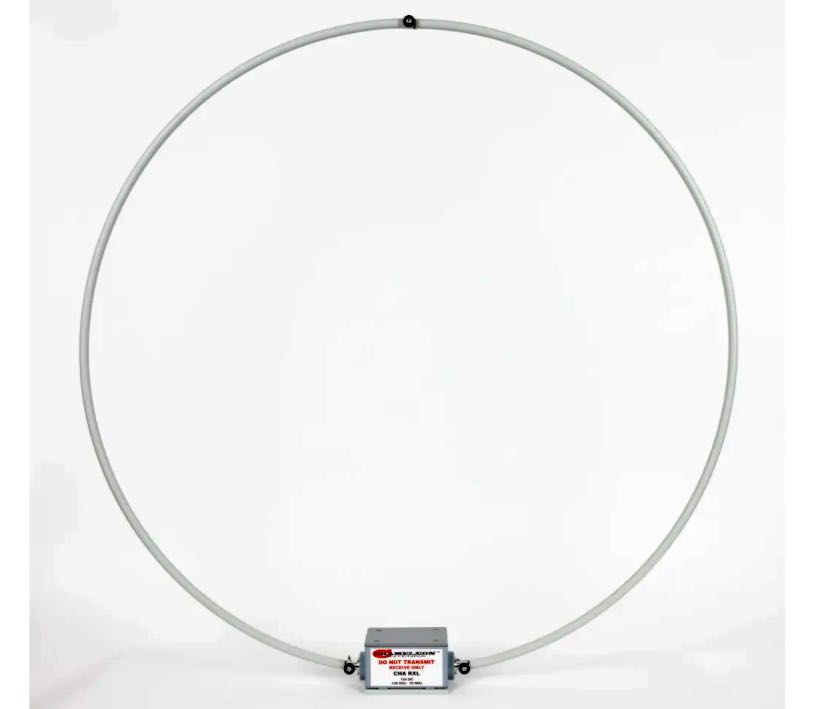
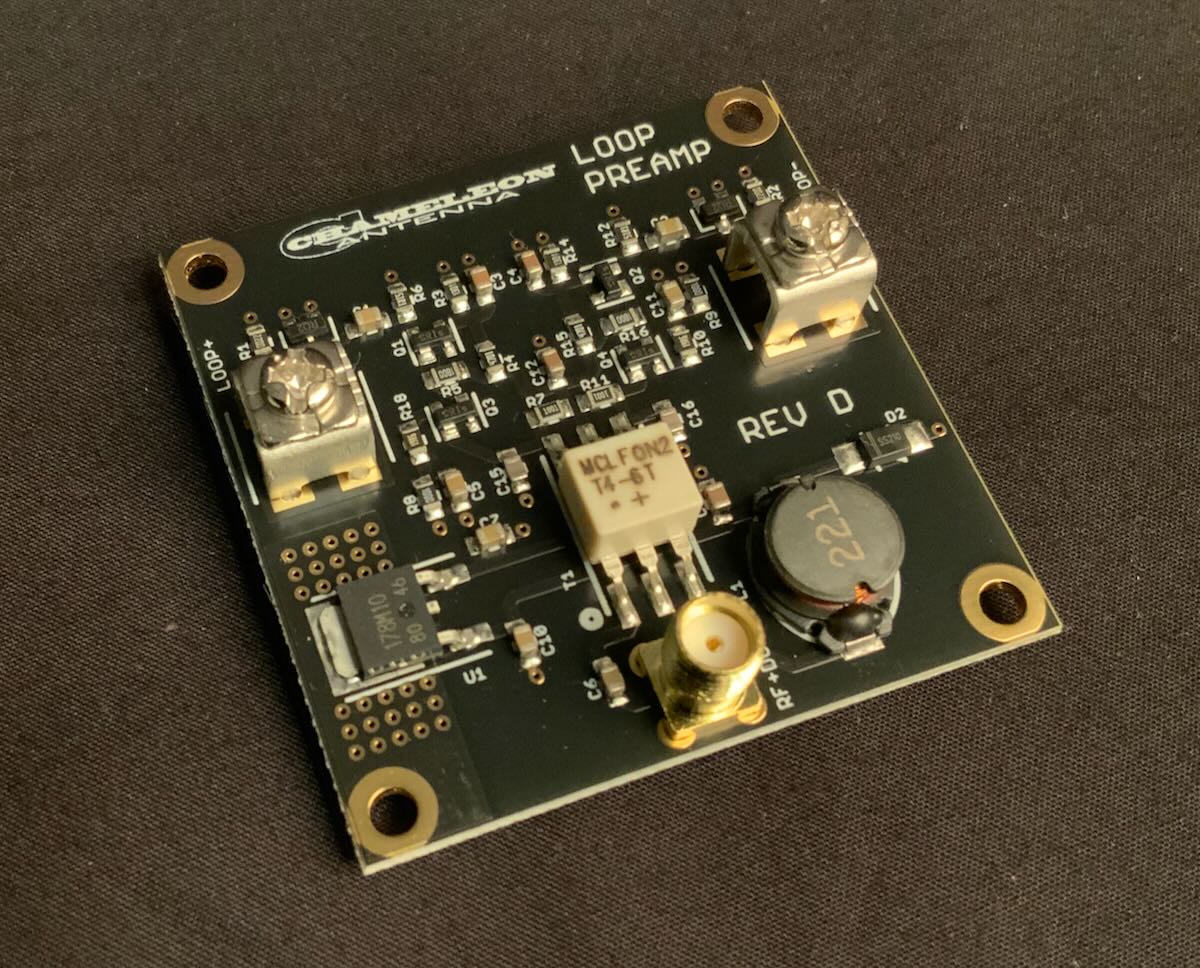
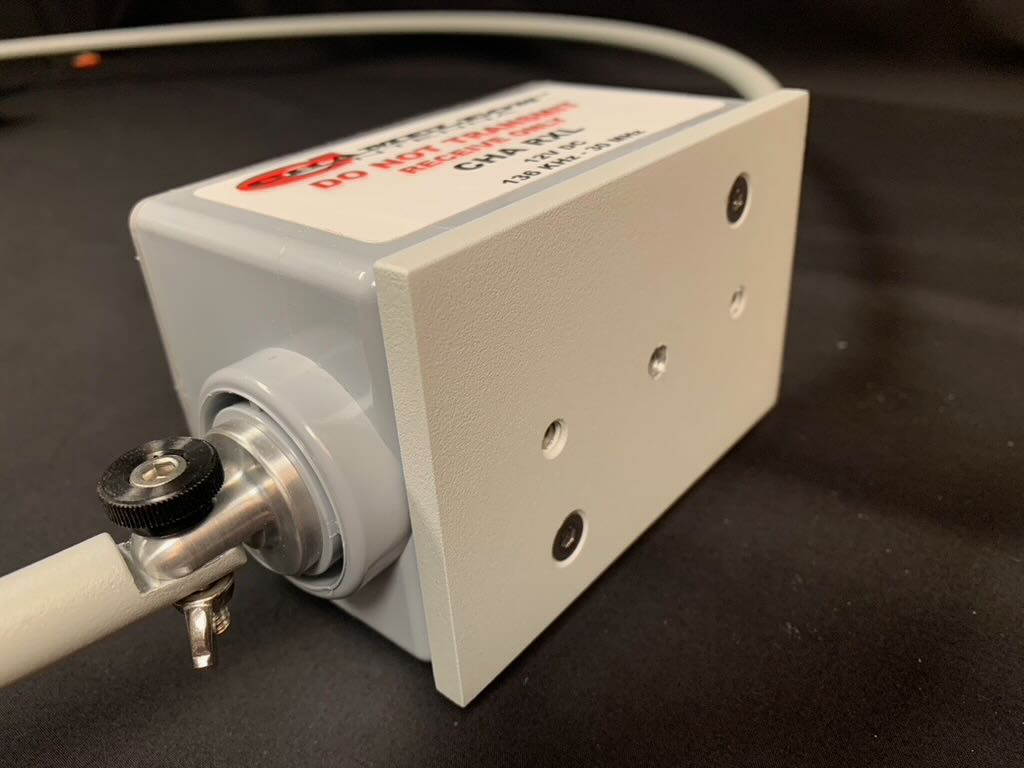
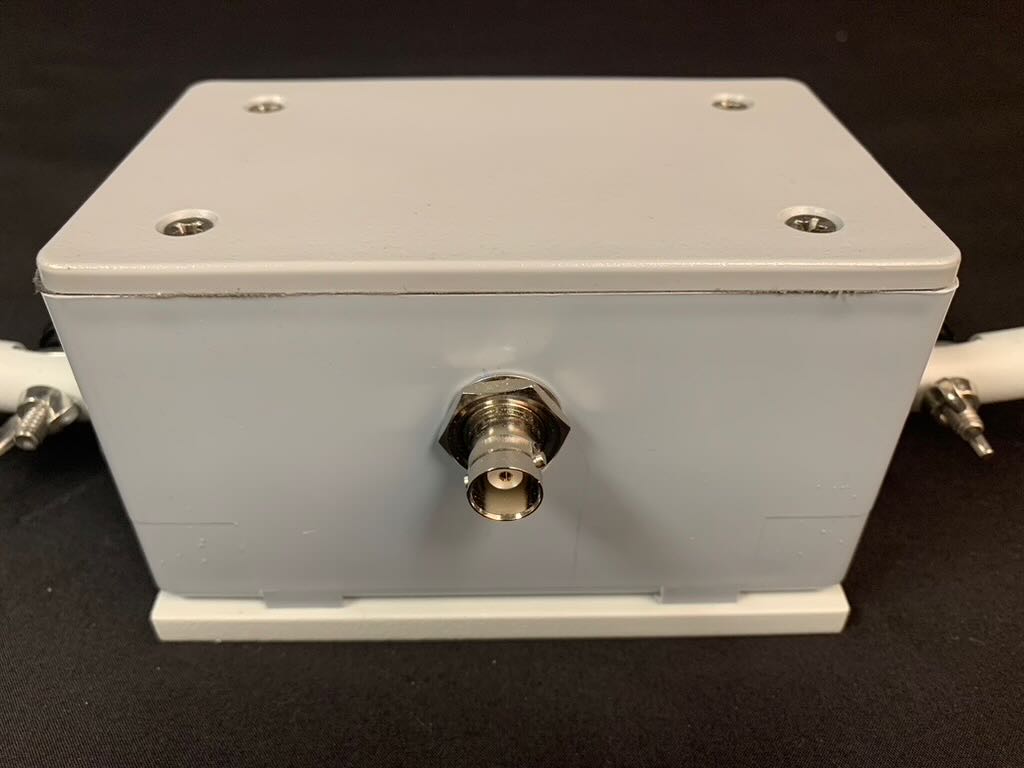
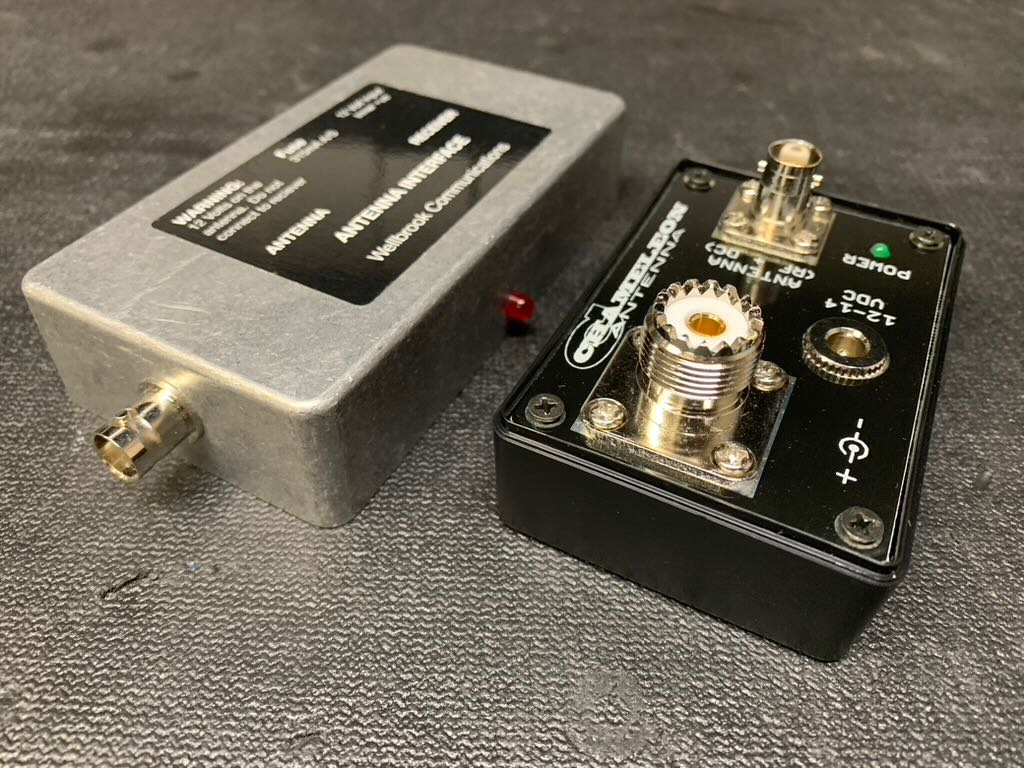
Alas, Wellbrook seems to have closed up shop. On their website
Wellbrook Communications will cease trading at the end of April 2023.
This is due to retirement.
I would like to thank everyone for their custom over the past 27 years.
Dan – You mentioned ‘a Wellbrook copy from the UK’ – what antenna you are referring to?
Ridiculous pricing. Plenty of other options out there for amplified loops. If one is adventurous they can build one themselves and enjoy the cost savings.
You mentioned a generic Wellbrook loop copy; I’d be interested in how to obtain that, as I have one of Larry’s amps and bias T on hand. They’re currently being used on a modified YouLoop and the results have been somewhat mediocre. I’m thinking the Wellbrook design would be a big upgrade. Thanks!
I obtained this Wellbrook copy a few years ago but did not get it installed until last year. I decided to try a W6LVP amp and bias-T with it. It’s a bit smaller than actual Wellbrooks and I think the gain reflects that, but it is certainly pretty quiet, though so far I have noted not as quiet as the actual W6LVP using LMR400 or other size coax. Since then I have not seen these copy loops on Ebay.
While your review is excellent, i point out that neither the PL259 nor the BNC connectors are weather resistant. If use outdoors is contemplated, they must be waterproofed. I would suggest changing both to a type N connector which cover the frequency range and is waterproof.
I won’t speak for Chameleon, but they promote the fact that there loop is built of heavy powder-coated aluminum, in contrast with Wellbrook. But I have used Wellbrook and a Wellbrook copy from the UK for years outside in all weather and have had no problems with the loops themselves. Now, the connection methods are another matter. I usually put liquid tape and lubricants on wingnuts and other similar connection points to avoid problems.
I am a newby so please keep that in mind for my question.
Can this antenna be mated to an Airspy HF+ Discovery radio running SDR# software?
Do I need anything extra?
Will it still work in 40 below zero weather? I live in the high mountains of Montana.
Thanks for the antenna review.
Tim
As Dan alludes, the price point of of the Chameleon at best assumes the law of diminishing return when compared to proven entities like the Wellbrook and W6LVP. Quite frankly, I would opt for one of the latter, and have as a proud owner of the Wellbrook ALA1530LN. As a Pennsylvanian, I cannot speak to the operating temperatures of the Montana highlands, but there are favorable testimonials from Canadians using the Wellbrook. Both the Wellbrook and W6LVP have great support, and they will assist you in finding the appropriate components necessary to get you up and running, and you’ll still likely spend less than the Chameleon, and that ncludes adding a rotator. If you feel more comfortable with the robust solid loop, go with the Wellbrook. If you are comfortable with construction of the W6LVP, you may save some $ by going that route. Perhaps others can weigh in on W6LVP operation in sub-freezing temperatures.